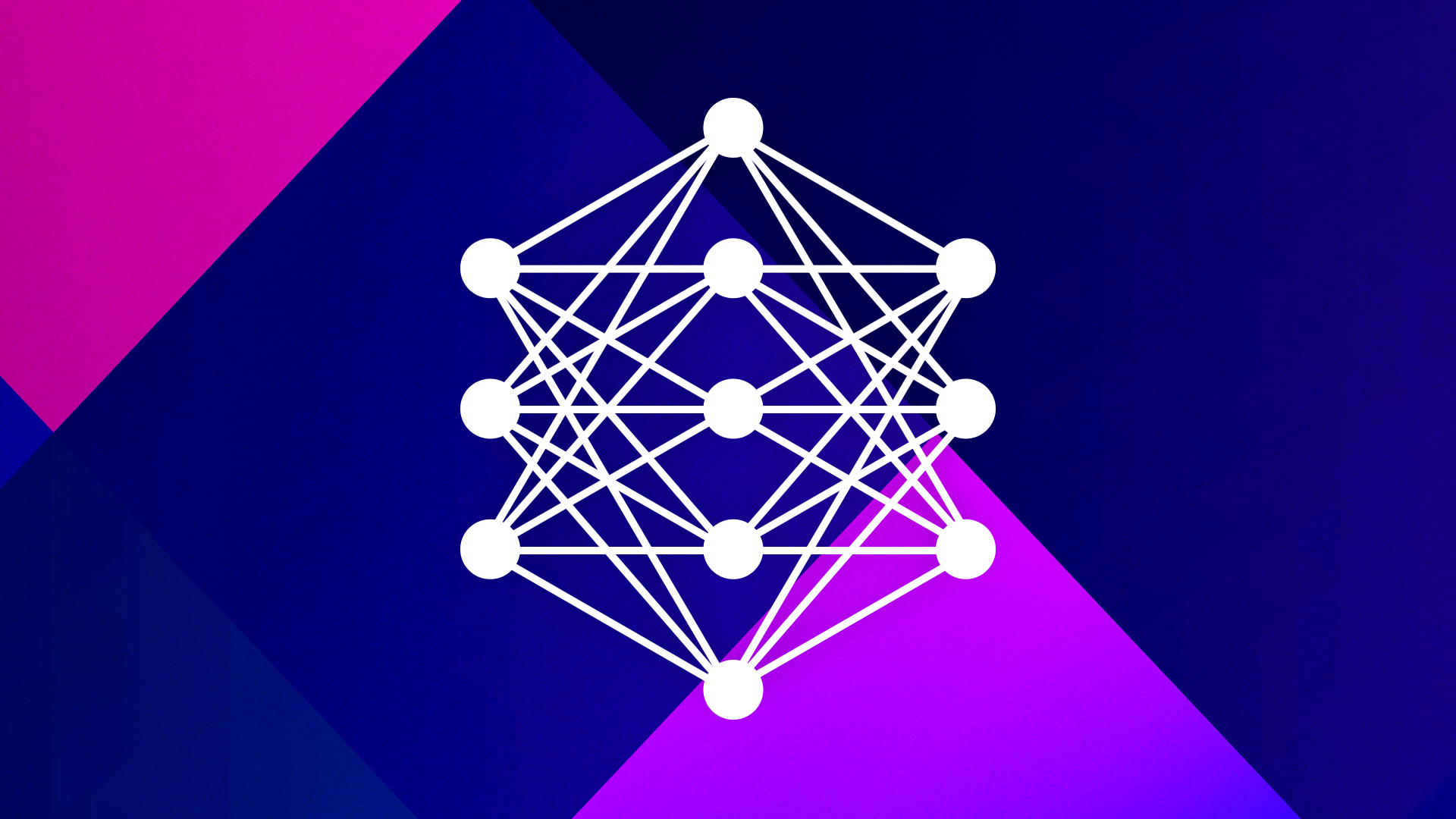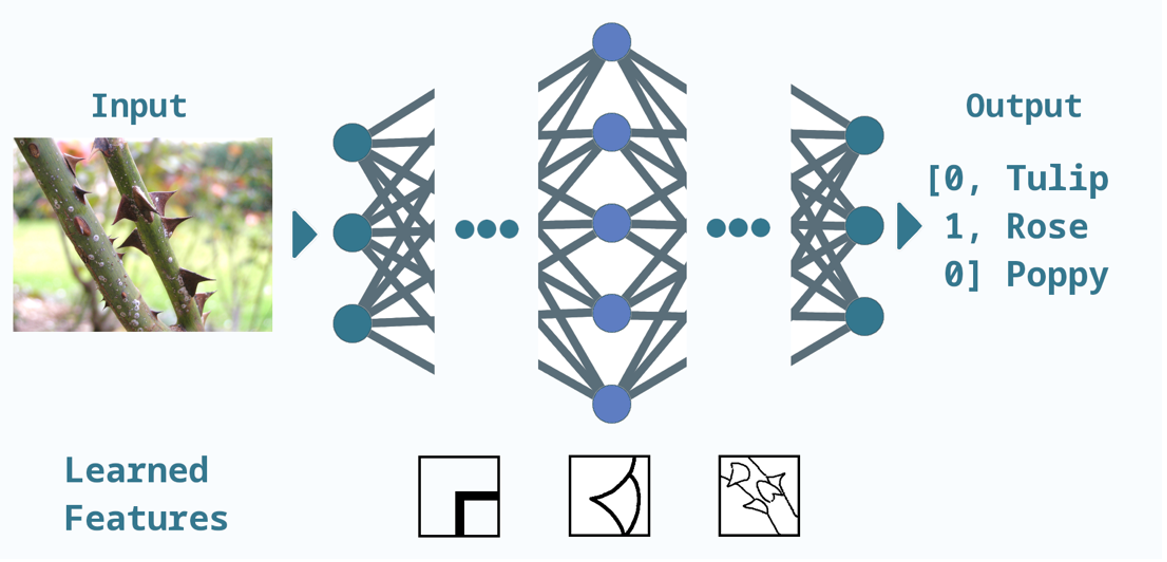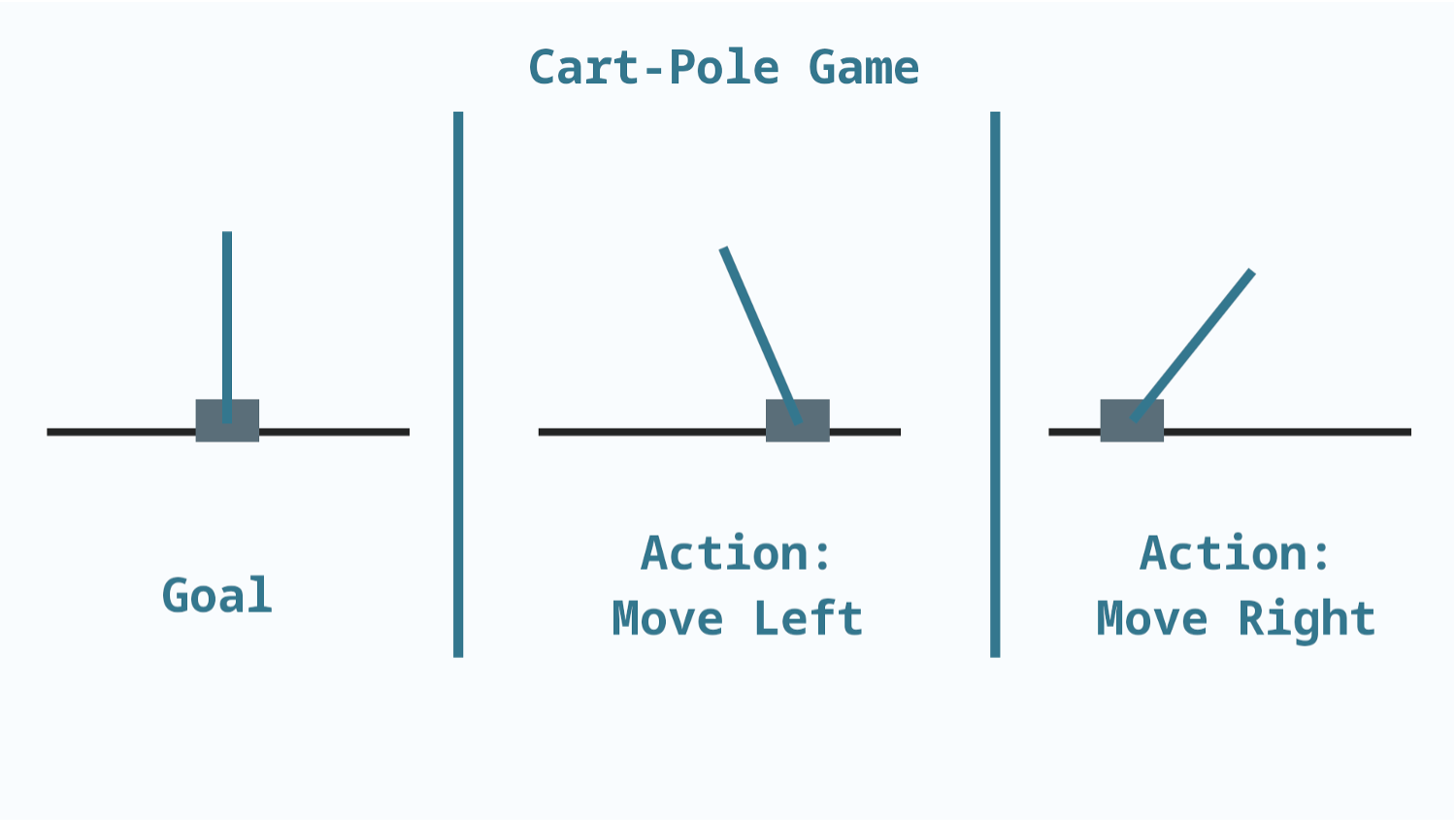TECH NEWS
A simple 3 Layer Neural Network
Artificial intelligence (AI) is a research field and a branch of computer science that aims to create machines capable of performing tasks that would typically require human intelligence. Tasks may often seem complicated but can be solved easily using traditional hand-crafted algorithms. Meanwhile, many simple-looking tasks are nearly impossible to solve using traditional programming methods.
May 23, 2023

Artificial Intelligence
Artificial intelligence (AI) is a research field and a branch of computer science that aims to create machines capable of performing tasks that would typically require human intelligence. Tasks may often seem complicated but can be solved easily using traditional hand-crafted algorithms. Meanwhile, many simple-looking tasks are nearly impossible to solve using traditional programming methods.
For example, playing chess is a task that can be accomplished with relative ease by machines, as they can calculate millions of potential moves and outcomes within seconds. Picking up an object is a simple task for humans. However, it is challenging for machines due to the complexities involved in perceiving and manipulating objects in real-time.
Although many people have heard of AI, few understand the underlying technology. One of the most popular techniques used in AI is machine learning, which involves training algorithms on large datasets so that they can learn and improve over time. Subfields like deep learning and reinforcement learning have expanded the capabilities of machine learning algorithms, allowing AI systems to excel at tasks such as speech recognition, image processing, and decision-making.
By leveraging these techniques and algorithms, AI systems have already had a significant impact on our lives and have the potential to revolutionize how we live, work, and interact with the world around us.
Machine Learning
Machine Learning (ML) is a subset of AI that involves building algorithms that can learn and improve from data without being explicitly programmed. These algorithms can analyze large and complex datasets to identify patterns and relationships. This knowledge can then be used to make predictions or decisions.
Traditional Machine Learning models frequently rely on statistics to identify patterns and have been used in a wide range of applications. However, as the complexity of the tasks increases, more sophisticated techniques are required. This is where techniques like Deep Learning and Reinforcement Learning come in.
Deep Learning

High and low level features learned by CNN for flower classification
Deep Learning (DL) is a subset of Machine Learning using artificial neural networks to model and solve complex problems. Neural networks are inspired by the 1950s understanding of the brain’s structure. These networks consist of multiple layers of interconnected neurons. Each layer is responsible for extracting increasingly abstract features from the input data.
One example of a Deep Learning algorithm is a Convolutional Neural Network (CNN) applied to image recognition and face detection. In a CNN for face detection, the first layers of the network might learn to detect basic geometric shapes, such as lines and circles. As the network processes the input data, subsequent layers learn to recognize more complex facial features, such as eyes and noses, which are combinations of the basic shapes from the previous layers. Finally, the last layers of the network might learn to detect entire faces based on the presence and arrangement of the facial features.
One of the main reasons for the success of Deep Learning algorithms is their ability to learn complex features from the data automatically. In traditional Machine Learning, the features used to train the model are often hand-engineered by experts. This process is very time-consuming and can limit the model’s performance. In contrast, Deep Learning algorithms learn these features automatically. By leveraging massive datasets and powerful hardware, Deep Learning algorithms learn patterns and relationships that would be impossible for humans to identify manually.
Deep Learning algorithms are trained using large datasets with many examples. The neural networks learn by adjusting the neurons of the neural network to minimize the difference between the predicted and actual outputs. For illustration purposes, we consider the task of flower classification. We want to train a network to distinguish between poppy flowers and roses. First, we collect an image dataset of flowers and assign each image to a class. This is called the labeling process. We proceed by providing the neural network with a small sample from the dataset and let it make predictions for each flower. If the network makes a mistake, we punish it proportionally to its confidence. By repeating this process thousands of times, the network should learn to identify the key features that differentiate the two types of flowers, such as the visual presence of thorns. With enough data and training, Deep Learning algorithms can achieve astonishing levels of accuracy and generalize well to new data that has not been shown to the neural network during training.
Overall, Deep Learning has enabled machines to achieve breakthroughs in many challenging tasks and is one of the most exciting research areas in AI today.
Reinforcement Learning

Agent tries to balance the stick by moving the cart
Reinforcement Learning (RL) focuses on training an agent, often a simulated robot, to make optimal decisions in an environment. The agent interacts with the environment by taking actions, which change the state of the environment and receives feedback in the form of rewards or penalties. Over time, the agent learns to take actions that lead to the highest reward.
One example of Reinforcement Learning is training an agent to play a game such as Super Mario by Nintendo. In the initial stages of training, the agent may take random actions. It receives feedback on whether the action led to a winning or losing game. As the agent continues to play and receive feedback, it learns which choices lead to the highest reward and adjusts its strategy accordingly. Eventually, the agent adopts the rules and behaviour of the environment. By trial and error, the agent can become an expert at playing the game and moving through the environment without any previous training nor pre-defined rules of the game.
One of the main reasons for the success of Reinforcement Learning is its ability to learn through trial and error. Unlike traditional Machine Learning and Deep Learning algorithms, which rely on labelled data to learn, Reinforcement Learning algorithms can learn from their own experiences and only need a simple reward as the learning signal. This learning method enables agents to handle large state spaces for environments with many possible actions.
Reinforcement Learning algorithms rely on a combination of exploration and exploitation. The agent explores the environment by taking random actions, and the feedback from these actions helps the agent learn about the environment. As the agent learns more about the environment, it can begin to exploit this knowledge to make decisions that lead to the highest reward.
Some of the most popular Reinforcement Learning algorithms include Q-Learning and Deep Reinforcement Learning, which uses deep neural networks to learn complex representations of the environment. These algorithms have been applied to a wide range of fields, from robotics to finance, and have produced remarkable results.
In a nutshell, Reinforcement Learning employs a trial-and-error approach to enable agents to learn optimal behaviour within a given environment. This methodology allows them to handle large environments effectively and can be enhanced further through the integration of deep learning techniques, enabling them to tackle even more complex environments.
Conclusion
In conclusion, both Reinforcement Learning and Deep Learning are two powerful and complementary subsets of Machine Learning that have revolutionized the field of AI. Reinforcement Learning has enabled machines to learn and make decisions in complex environments, while Deep Learning allows computers to learn complex representations of data automatically.
As these fields continue to evolve and intersect, we can expect even more exciting breakthroughs and applications in areas such as robotics, autonomous vehicles, and healthcare. By combining the strengths of Reinforcement Learning and Deep Learning, we can develop intelligent systems that are capable of adapting to changing environments, making complex decisions, and interacting with humans in natural and intuitive ways. The possibilities are endless, and the future of AI looks brighter than ever before.
About the author:
Ben Bausch coordinates the AI training branch at the Digital Learning Hub. He holds a MSc in AI from the Albert-Ludwigs University in Freiburg. His expertise is in unsupervised domain adaptation for semantic scene reconstruction in autonomous driving applications. His research interests are on using synthetic image data to train monocular depth estimation and semantic segmentation networks, while measuring their performance in real-world scenarios. He runs a YouTube channel “Minttube by Benimeni” on mathematical concepts, programming languages and machine learning algorithms in a simple and uncomplicated manner.